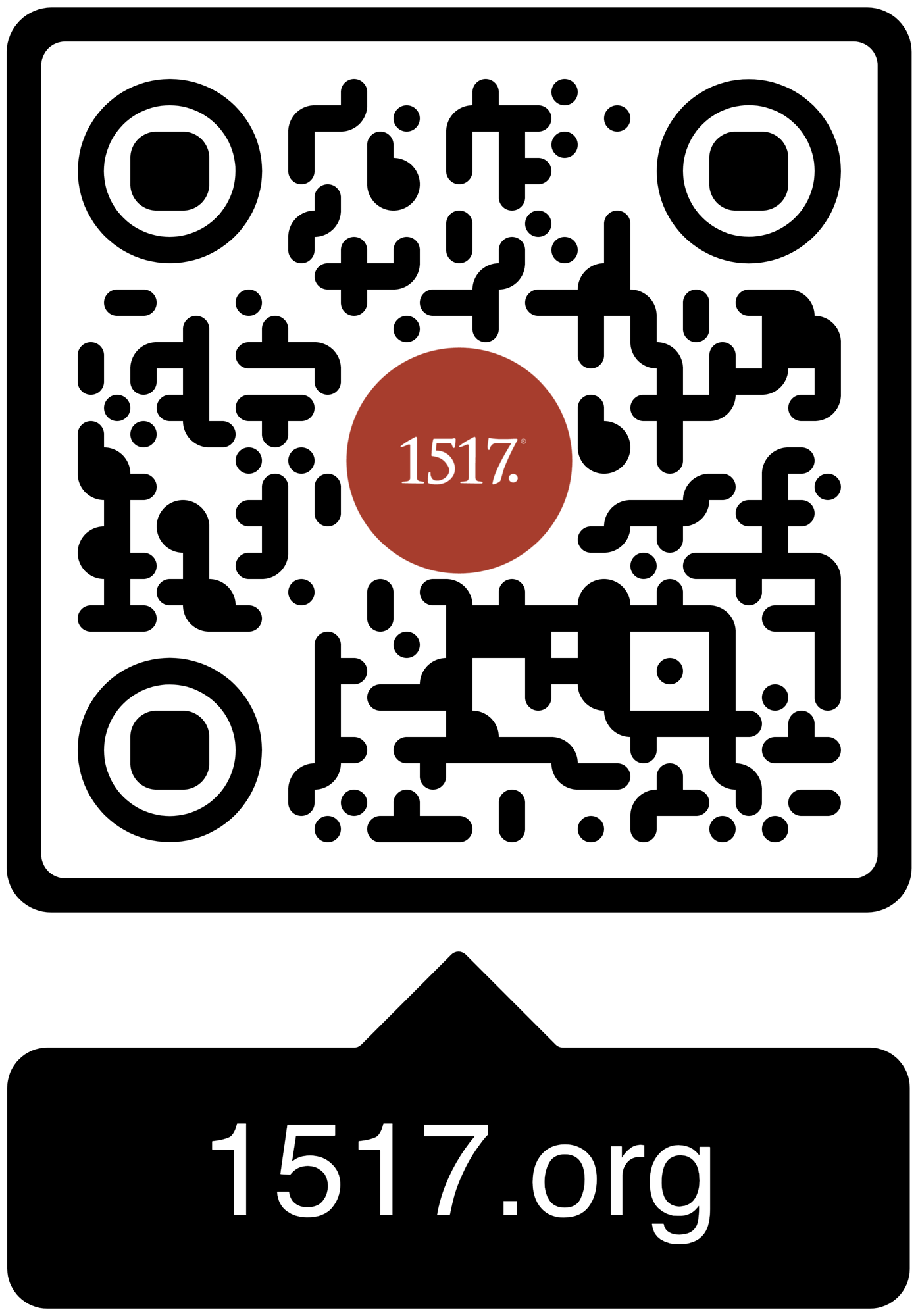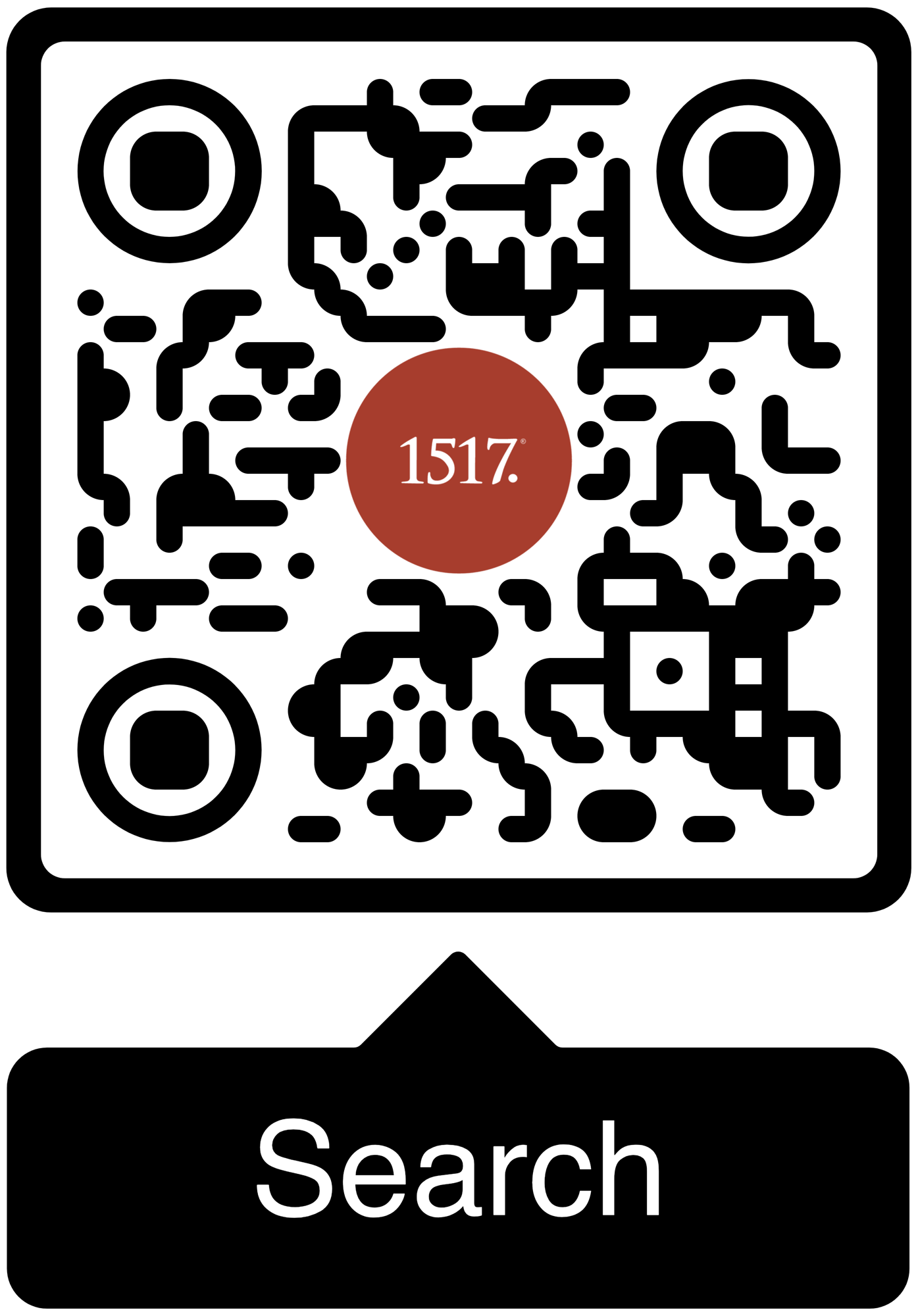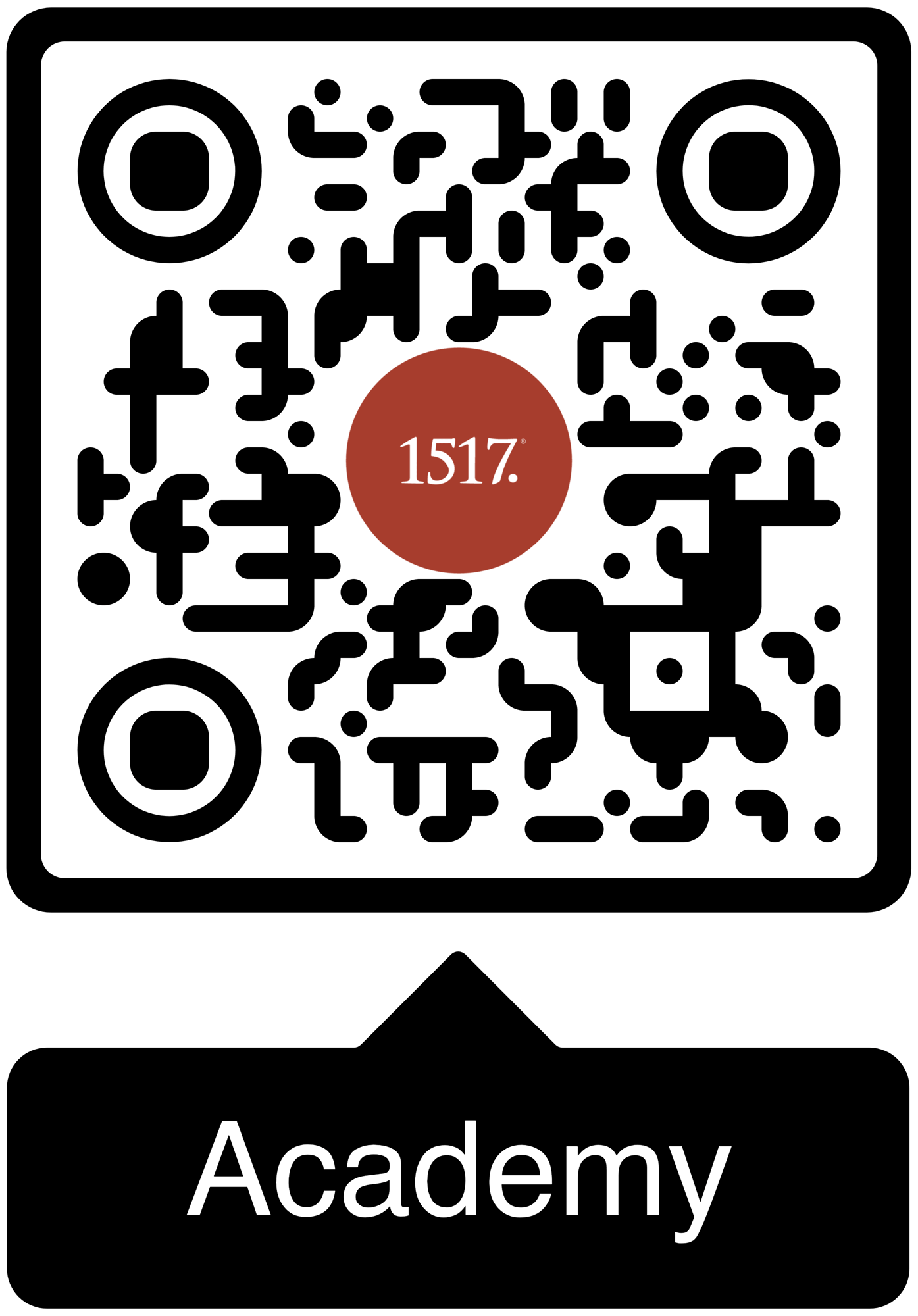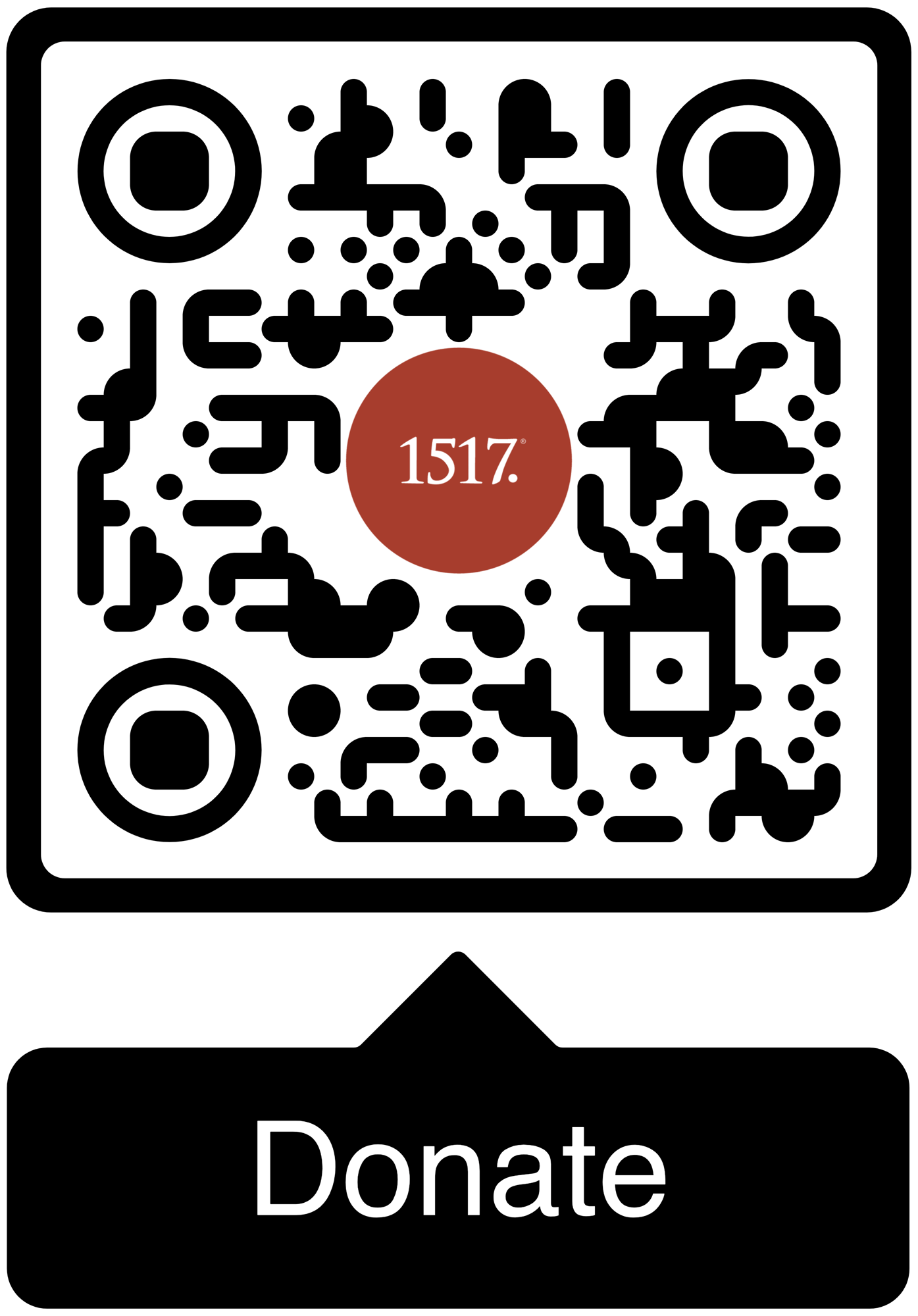Fideistic Christianity may look bold, but it is fragile.
10/02/25
He doesn’t consume us, even though that is what we deserve. Instead, Jesus comes down to us and consumes all our sin by taking it on himself.
10/01/25
This article is the first part of a two-part series. The second part will take a look at when pastors abuse their congregations.
All Articles
Author
- All Authors
- 1517 Guest Contributor
- 1517 Publishing
- 1517 Staff
- A. A. Just Jr.
- A.J. Vega
- Aaron Boerst
- Adam Francisco
- Adam Stetson
- Amy Mantravadi
- Andrew Foss
- Anthony DiLiberto
- Blake Flattley
- Bob Hiller
- Bob Sundquist
- Bonnie Petroschuk
- Brad Soenksen
- Bradley Gray
- Brandon Hanson
- Brandon Pangman
- Brennan Manning
- Brian W. Thomas
- Bror Erickson
- Bruce Hillman
- C.S. Lewis
- Caleb Keith
- Chad Bird
- Charles E. Fry
- Christopher J. Richmann
- Cindy Koch
- CJ Armstrong
- Craig Donofrio
- Dan Chrismer
- Dan van Voorhis
- Dan Weber
- Daniel Deen
- Daniel Emery Price
- Daniel Stenberg
- David Clay
- David Rufner
- David Schmitt
- Debi Winrich
- Delwyn Campbell
- Dominick Santore
- Donavon Riley
- Edward Killian
- Elyse Fitzpatrick
- Erick Sorensen
- Gage Jordan
- Gerhard Forde
- Grant Klembara
- Greg Koukl
- Gretchen Ronnevik
- Haroldo Camacho
- Hermann Sasse
- Jacob Corzine
- Jacob Smith
- Jake Allstaedt
- Jared C. Wilson
- Jason Lane
- Jason Lang
- Jason Oakland
- Jay Sawrie
- Jeff Mallinson
- Jeffrey Pulse
- Jenifer Mohan
- Jessica Delgado
- Jessica Thompson
- Jim Nestingen
- Joel Fitzpatrick
- Joel Hess
- Joey Goodall
- John Bombaro
- John Bortulin
- John Chrysostom
- John T. Pless
- John W. Hoyum
- John Warwick Montgomery
- Jonathan Ruehs
- Jordan Spina
- Joshua Miller
- Justin Rossow
- Karen Stenberg
- Kathy Morales
- Katie Koplin
- Kelsi Klembara
- Ken Sundet Jones
- Kerri Tom
- Kevin Hale
- Kevin McClain
- Kyle G. Jones
- Larry D. Hughes
- Laura Bauer
- Luke Kjolhaug
- Magnus Persson
- Mariah Coward
- Mark Jasa
- Mark Mattes
- Mark Pierson
- Martin Luther
- Matt Johnson
- Matt Kroelinger
- Matt Popovits
- Michael Berg
- Michael Gibney
- Nicholas Hopman
- Nicholas Kallis
- Norman Nagel
- Paul Dunk
- Paul Koch
- Pete Lange
- Peter Nafzger
- Philip Bartelt
- Preston Sprinkle
- Raleigh Sadler
- Rick Ritchie
- RJ Grunewald
- Robert Farrar Capon
- Robert Kolb
- Rod Rosenbladt
- Roland Ehlke
- Ron Hodel
- Ryan Couch
- Ryan Matthias
- Ryan Stevenson-Cosgrove
- Ryan Tinetti
- Sam Leanza Ortiz
- Sam P. Schuldheisz
- Sarah Crowder
- Scott Davis
- Scott Keith
- Scott Landrum
- Seth Moorman
- Steve Byrnes
- Steve Kruschel
- Steven A. Hein
- Steven Paulson
- StoryMakers NYC
- Tanner Olson
- Tate Barber
- Ted Rosenbladt
- Travis Scholl
- Tyler Cronkright
- Uwe Siemon-Netto
- Valerie Thur
- Wade Johnston
- Walter Hwang
- Wayne Sender
- Zack James Cole
09/15/16
We fly away to the judgment seat of God. There we shall appear before the One who knows all, before whom nothing is hidden. Do you really think you can conceal anything from Him?
09/15/16
For those of you unfamiliar with the Richter scale, our friends over at Wikipedia define it as a 1930s invention that "is a base-10 logarithmic scale, which defines magnitude as the logarithm of the ratio of the amplitude of the seismic waves to an arbitrary, minor amplitude."
09/14/16
It is often the case that when dealing Divine, we find ourselves befuddled. For as relatable and surprisingly vulnerable God is as the man Jesus, he seems, at times, to retain a certain aloofness, a type of distance.
09/12/16
Real theologians can’t shut up about who Jesus is and what he’s done on your behalf. So-called theologians with little interest in Jesus may be book smart but they're Gospel stupid.
09/06/16
So, what do we do when someone doesn't believe God's promise of forgiveness, life, and eternal salvation is for him?
08/24/16
If you know me in the least, then you know of my fondness for the 2010 film Inception.
08/23/16
The flower of youth, as lovely as it is, cannot withstand the hot winds of time. There is a beauty, however, that remains.
08/20/16
To forget ourselves is to remember another, that is, to act in such a way that benefits them. That’s the problem: we don’t.
08/16/16
Although I was too young to have mastered the skill of lying, I also knew that I couldn’t tell this woman the truth.
08/14/16
We want people to notice us, know us, like us, or even hate us. Just please don’t ignore us. Social media is the ego’s dream come true.
08/12/16
We want to know how God rules this world, how he is present in all things, how he exerts his control over the course of world events. We want to know why some get cancer and some don’t, why terrible things happen to the best of people, why volcanoes erupt and hurricanes strike and fires consume.
08/11/16
God’s desire that all be saved led him to pay the price by which all are saved, all are justified.
1517 is a Christian non-profit (501(c)3) multi-media organization. Our mission is to declare and defend the Good News that we are forgiven and free on account of the death and resurrection of Jesus alone.





1517 grants permission for our free online resources to be printed, photocopied, and otherwise used freely for private and church use. We require that authorship and source (1517.org) are referenced and maintained. These resources may not be sold or included in any publications for sale.


